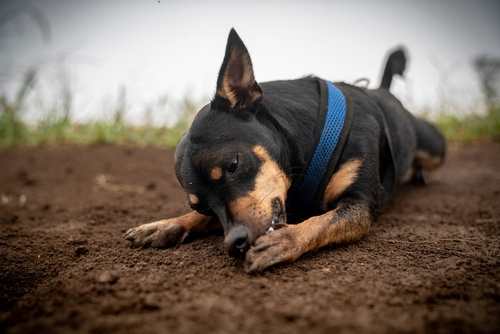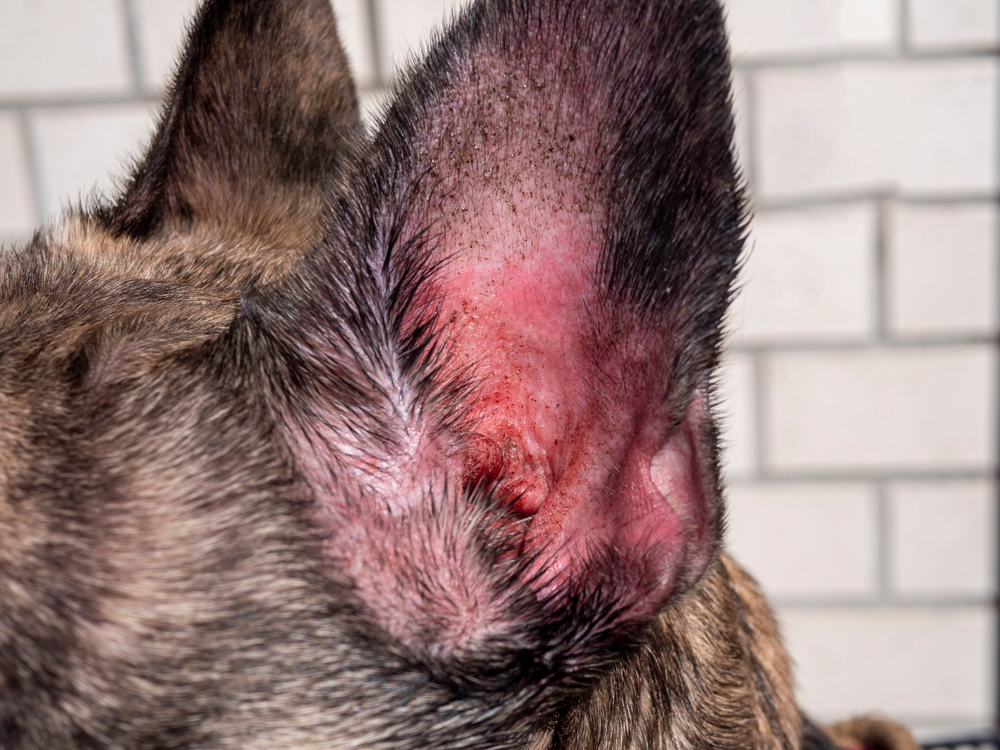
Single-protein diets for dogs: when I use them and how to start
If your dog is itchy, gassy, or has on-off soft stools, I know how frustrating that can be. You tidy the bowl, you try a “sensitive” label, then two treats later, you are back to square one. When I want simple answers fast, I strip the bowl back to a single protein and keep everything else calm and consistent. Below, I’ll show you when that makes sense, how I set it up at home, and the signs that tell me we are on the right track.

What I mean by single protein
One animal protein in the whole meal. No second meat hiding in the fat, no mixed toppers, no “just a little” biscuit from a different protein. The point is to reduce variables so your dog’s body can tell you the truth.
When I reach for a single-protein plan
Typical patterns I look for
- Itching that is not explained by fleas or obvious seasonal triggers
- Red or waxy ears that keep coming back
- Paw licking and face rubbing
- Soft stools, gas, occasional diarrhoea after certain treats or very mixed diets
When this is a vet-first situation
- Sudden vomiting with lethargy
- Blood in the stool
- Weight loss, poor appetite, big changes in thirst or urination
Why “boring” works
Your dog’s gut and skin are excellent messengers. They just need a quiet stage. When you feed one clear protein for long enough, noise drops and signals become readable. That is how we learn what helps and what hurts.
Choosing the protein
Pick something your dog has not eaten every day of their life. Venison, duck or white fish are honest options. What matters most is consistency and a short, readable label. If the ingredient list looks like a shipping manifest, it is not the one.
What leaves the bowl for now
During a trial, I park the following:
- All treats that are not the same protein
- Table scraps and flavoured supplements
- Chews from different proteins
- Fancy toppers that change every day
Water stays the same. Medications from your vet stay the same.
The 14-day starter I use at home
Day 1 to 3: 25% new food with 75% current food
Day 4 to 6: 50% new food with 50% current food
Day 7 to 10: 75% new food with 25% current food
Day 11 to 14: 100% single protein
By the end of two weeks, many dogs already look calmer. If things are improving, keep the same plan for a full 6 to 8 weeks. It sounds long, but it is precisely how long the body sometimes needs to settle down and give you a clear answer.
What I track, very simply
I am a fan of tiny notes. Three lines a day is enough.
- Stool score 1 to 7
- Itch score 0 to 10
- Any gas, ear shake, night restlessness, or significant changes in energy
If the graph in your head trends toward quiet and steady, you are winning.
Portions without a calculator
For adult dogs, I start with 2 to 3 per cent of body weight per day, split into two meals. Then I adjust to the dog in front of me.
Quick daily ranges
- 5 kg: 100 to 150 g
- 10 kg: 200 to 300 g
- 15 kg: 300 to 450 g
- 20 kg: 400 to 600 g
- 25 kg: 500 to 750 g
- 30 kg: 600 to 900 g
A lean athlete sits closer to the top of the range. Senior couch potato or dog who needs to slim starts near the bottom. Every two weeks, I review body shape and energy and nudge portions by 10 to 15 per cent if needed.
The five mistakes that break good trials
- “Just one biscuit.” It was chicken. Your trial is now chicken plus whatever you meant to test.
- Changing proteins every few days. You cannot read signals if the station keeps changing.
- Overfeeding because the dog “looks hungry.”
- Training treats with the wrong protein. Match treats to the main protein or use a small bit of the same food.
- No notes at all. If you do not write it down, your future self will guess.
What success looks like in real life
- Well-formed stools most days
- Less scratching and paw licking
- Fewer gas incidents and less night restlessness
- More even energy and better sleep
What to do next
If your dog is clearly better, wonderful. Stay on the single protein or begin careful reintroductions one at a time. Add a new item every 5 to 7 days and keep your tiny notes going. If itching or stool problems return after a specific addition, you have a likely trigger.
If there is no progress at all, or your dog seems worse, pause and speak to your vet.
A note on our kitchen
I cook small batches in Eastbourne with short, readable labels and single-protein options like venison. Fresh, simple and consistent is not a slogan for me. It is how you get clean data and calm dogs. If you want help choosing a starting protein or setting the portions for the first week, ask me. I am happy to match a plan to your dog and your routine.
Need a hand
If you live locally, I can drop a starter pack and a quick portion card. Not sure where to begin online? Send your dog’s weight and activity level, and I will set a daily amount you can try right away.
Friendly disclaimer
This guide is general information from a canine nutritionist and behaviourist. If your dog has red-flag symptoms or a known health condition, please start with your vet.





